Overview of the TV Series
Plot Summary
The 2024 FX TV series 'Shōgun' is set in Japan in the year 1600, at the dawn of a century-defining civil war. The story begins with the death of the Taikō (ruler), setting the stage for a complex power struggle. Lord Toranaga is fighting for his survival as his enemies on the Council of Regents unite against him. The arrival of a mysterious European ship adds another layer of complexity to the political landscape.
The series is based on James Clavell's 1975 novel of the same name, though the 2024 adaptation offers an expanded perspective that transforms the novel into a more immersive saga. The show rearranges and compresses Clavell's original timeline while addressing and improving upon the novel's problematic Orientalist stereotypes.
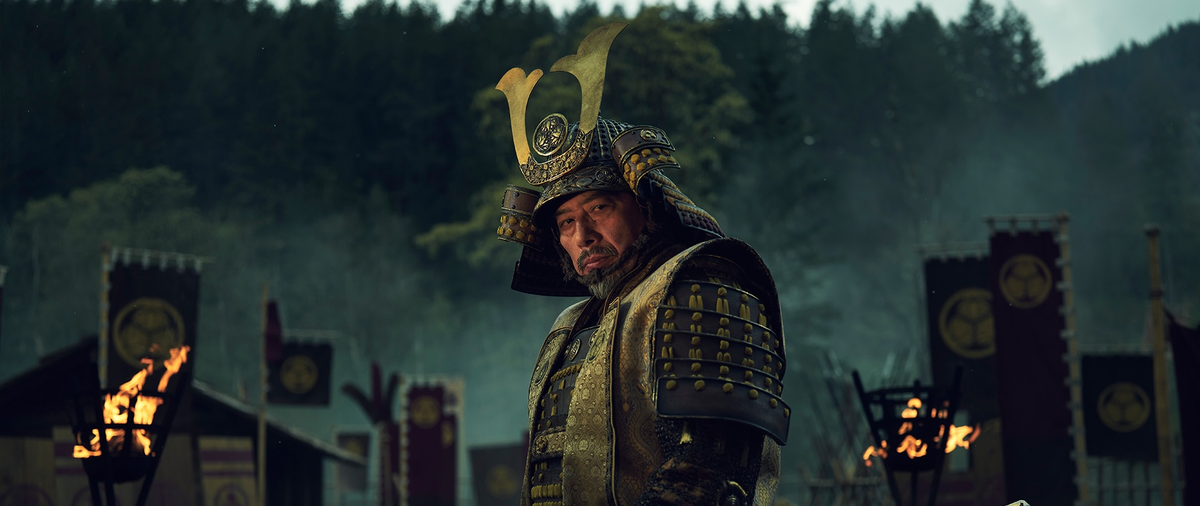
Main Characters

Lord Yoshii Toranaga
Played by Hiroyuki Sanada
A powerful warlord based on the historical Tokugawa Ieyasu, fighting for political survival against the Council of Regents.

John Blackthorne
Played by Cosmo Jarvis
A stranded English navigator who becomes a pivotal character, representing the European perspective in the Japanese political landscape.

Toda Mariko
Played by Anna Sawai
An important character involved in the political intrigue, serving as a cultural bridge between Blackthorne and Japanese society.
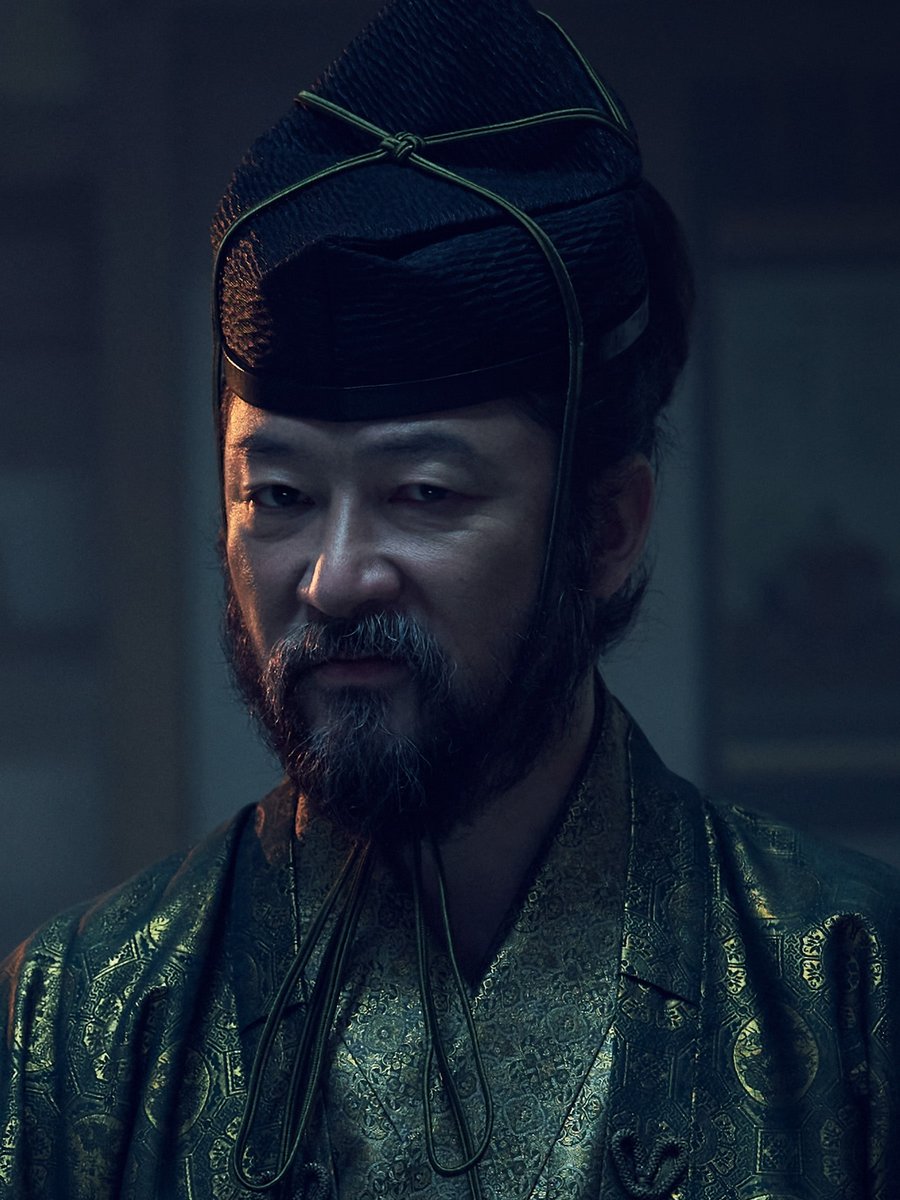
Kashigi Yabushige
Played by Tadanobu Asano
A complex character navigating the political landscape of feudal Japan.
Production Details
- Creators: Justin Marks and Rachel Kondo
- Platform: FX
- Series Run: 2024-2026
- Number of Episodes: 10 (per season)
- Current Rating: 8.6/10 on IMDb (based on 214,895 reviews)
- Rotten Tomatoes: 99% (based on 109 reviews)
Filming Locations
Primary filming locations were in British Columbia, Canada, including Port Moody (main filming site), Ucluelet, Vancouver, and Vancouver Island. Scenes depicting Osaka Castle were actually shot at the former Flavelle Sawmill in Port Moody. Some additional filming also took place in England and briefly in Japan.
Historical Background
Political Structure
The Tokugawa Shogunate was established in 1600 by Tokugawa Ieyasu after his victory at the Battle of Sekigahara. This marked the beginning of the Edo Period, which would last for nearly 270 years (1600-1868). The government was characterized by a centralized feudal system led by a shogun (military ruler) and supported by a class of military lords called daimyō.
Key characteristics of this period include:
- Relative peace and stability after centuries of civil wars
- The end of the Sengoku period of constant conflict
- Centralized political control under military leadership
- A structured social and political order
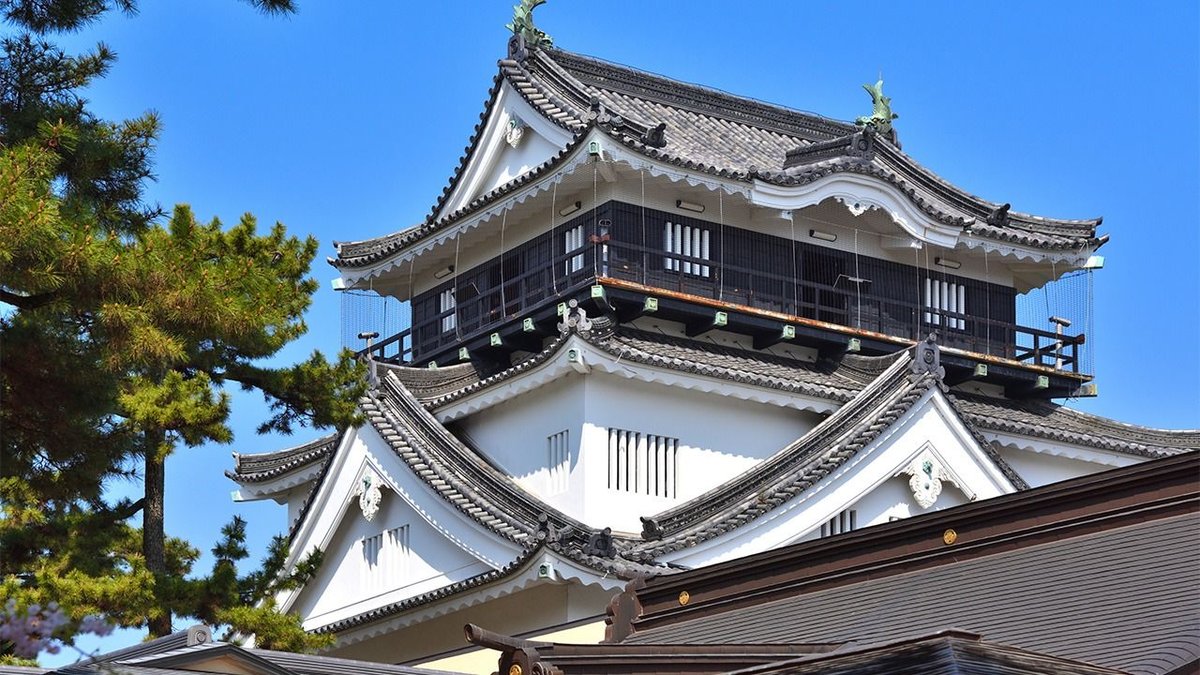
Social Hierarchy
Feudal Japan had a strict social hierarchy based on Confucian principles:
Top of the Hierarchy
- Emperor (symbolic ruler at the very top)
- Shogun (actual political and military leader)
- Daimyos (regional lords)
- Samurai (warrior class)
Lower Classes
- Peasants (farmers, fishermen)
- Artisans
- Merchants (lowest ranked of the productive classes)
The class system was rigid, with limited opportunities for advancement. Samurai were considered the leaders of society - educated, noble, and guiding those below them. Peasants, despite being lower in the hierarchy, were crucial to the economy but were quite poor, with most of their crops taken as tax by samurai and daimyos.
Battle of Sekigahara
The Battle of Sekigahara took place on October 21, 1600, approximately 50 miles northeast of Kyōto. It is considered the most important battle in Japanese feudal history and marked the end of the long Sengoku (Warring States) period.
Key significance:
- Tokugawa Ieyasu's eastern army triumphed over opposing forces
- Led to the establishment of the Tokugawa shogunate
- Began 250 years of unified shogunate rule that lasted until 1868
- Concluded decades of civil strife in Japan
- Consolidated power under the Tokugawa clan
Character Comparison
Explore how the characters in the TV series compare to their historical counterparts.
Lord Yoshii Toranaga vs. Tokugawa Ieyasu
TV Character

Lord Yoshii Toranaga (played by Hiroyuki Sanada)
- A powerful warlord fighting for political survival against the Council of Regents
- Portrayed as a strategic, cunning leader with exceptional political acumen
- Begins the series essentially as a hostage to Ishido
- Gradually works to escape and pursue his political ambitions
Historical Counterpart
Tokugawa Ieyasu (1543-1616)
- One of Japan's most famous warlords and considered one of the three great unifiers of Japan
- Born in 1543 at Okazaki Castle
- Ultimately became the shogun, establishing the Tokugawa shogunate that ruled Japan for over 250 years
- Reunified Japan at the beginning of the 17th century after a long period of civil war
Similarities & Differences
Similarities
- Both are powerful warlords seeking to gain control and unify Japan
- Both demonstrate strategic political maneuvering
- Both positioned as potential rulers during a turbulent period in Japanese history
Differences
- The TV series takes creative liberties with the historical narrative
- Toranaga's story is dramatized and not a direct historical retelling
- The character may be portrayed as less ruthless than the historical Ieyasu
John Blackthorne vs. William Adams
TV Character

John Blackthorne (played by Cosmo Jarvis)
- English navigator who becomes shipwrecked in Japan
- Serves as a "reluctant student" of Japanese language and culture
- Becomes instrumental in the political landscape of feudal Japan
- Acts as a proxy for Western audiences to understand Japanese culture and politics
Historical Counterpart
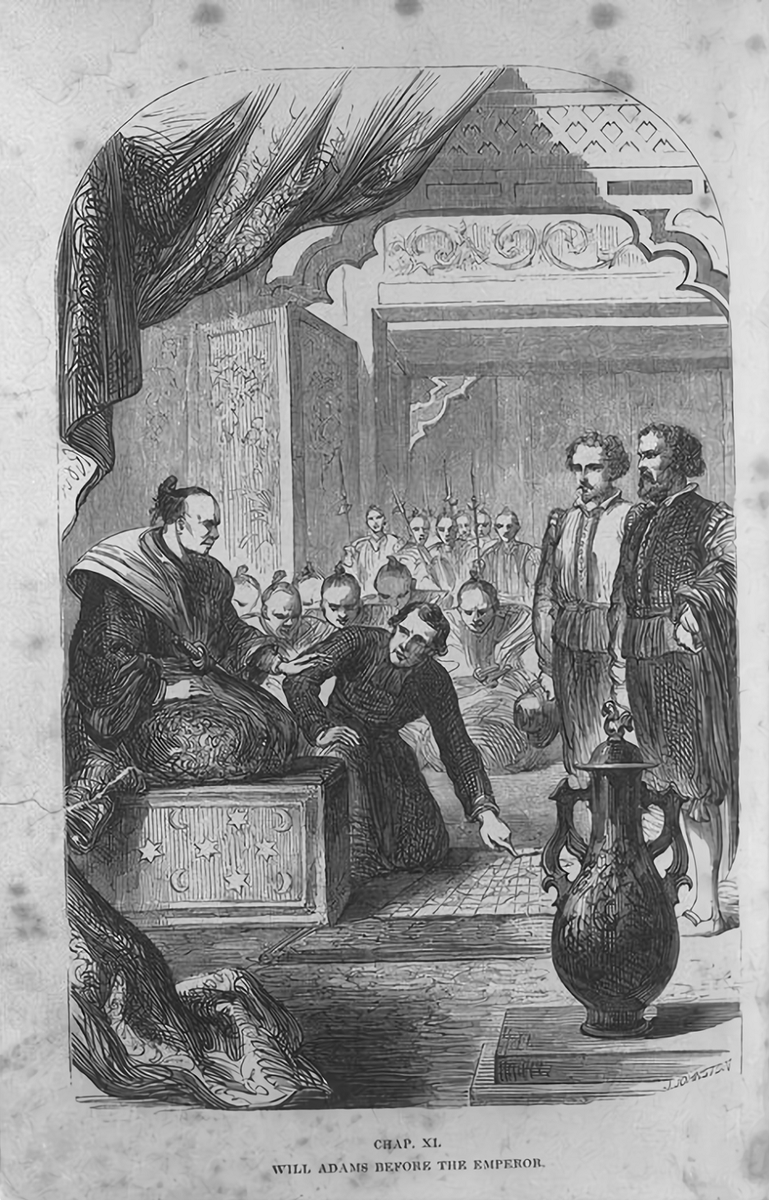
William Adams (1564-1620)
- Born on September 24, 1564, in Gillingham, England
- First Englishman to reach Japan in 1600
- Given the Japanese name Miura Anjin (三浦按針, "the pilot of Miura")
- Became an advisor to Shogun Ieyasu Tokugawa
- Granted an estate on the Miura peninsula
- Integrated into Japanese society to an unprecedented degree
Similarities & Differences
Similarities
- Both are foreign navigators who arrive in Japan during a pivotal historical period
- Both play a significant role in bridging cultural understanding between Europeans and Japanese
- Both become instrumental in the political landscape of feudal Japan
Differences
- The TV series uses Blackthorne as a more dramatized character for narrative purposes
- Clavell reimagines Adams' story to create a more dramatic narrative arc
- The character is somewhat fictionalized to serve the dramatic needs of the story
Toda Mariko vs. Hosokawa Gracia
TV Character

Toda Mariko (played by Anna Sawai)
- Christian noblewoman serving as a translator
- Portrayed as intelligent, cultured, and caught between conflicting loyalties
- Serves as a cultural bridge between Blackthorne and Japanese society
Historical Counterpart
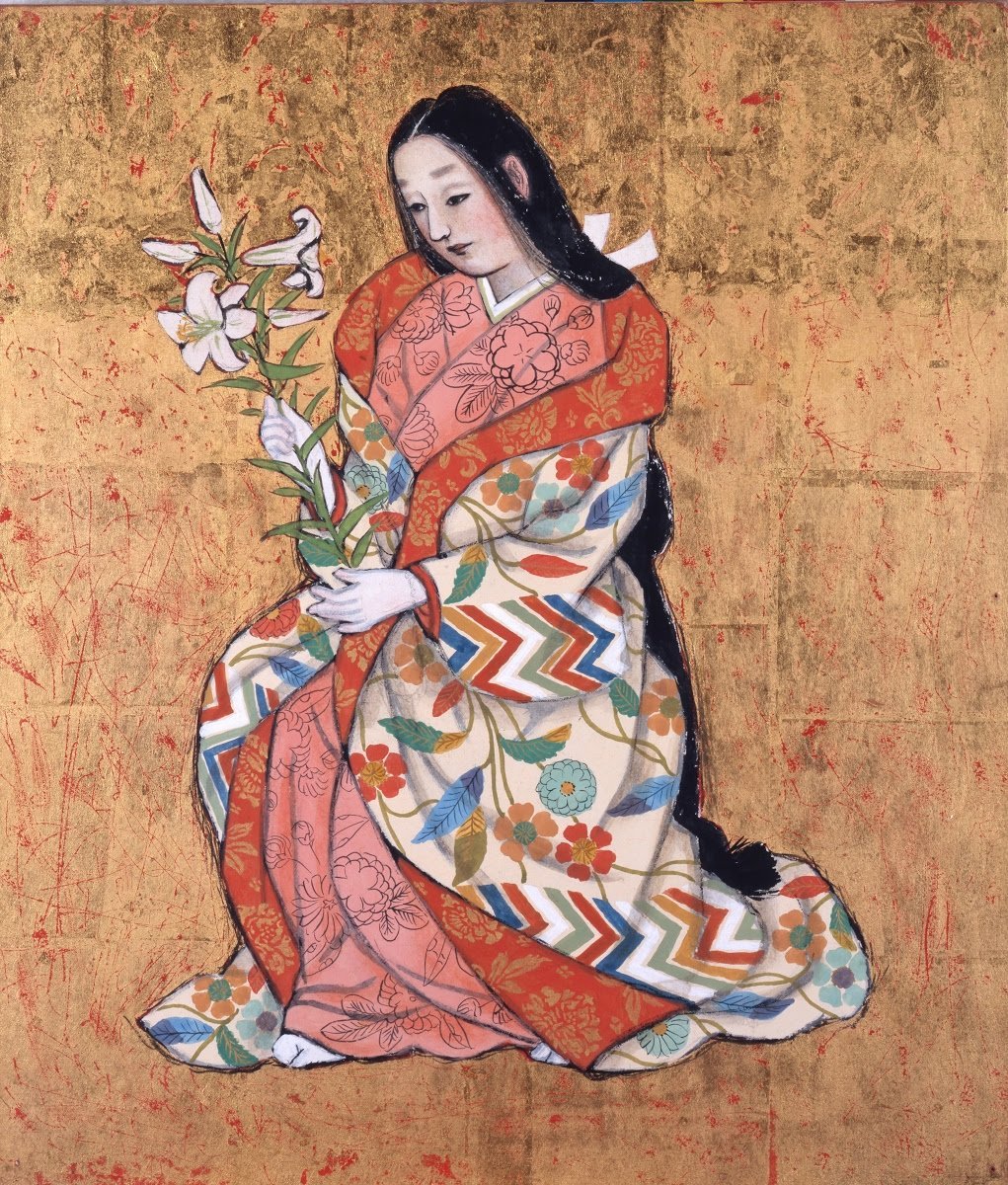
Hosokawa Gracia (born Akechi Tama) (1563-1600)
- Daughter of Akechi Mitsuhide, a samurai who was a trusted general of Oda Nobunaga
- Converted to Christianity and took the name Gracia after her baptism
- Married to Hosokawa Tadaoki, a prominent samurai
- Known for her intelligence and religious conviction
- Well-versed in Buddhist theology before her conversion to Christianity
Similarities & Differences
Similarities
- Both are Christian converts in feudal Japan
- Both represent the complex religious landscape of the period
- Both are noblewomen navigating the dangerous political landscape of their time
Differences
- The TV character appears to be more dramatized
- Mariko's specific storylines are largely fictional
- The TV series takes significant creative liberties with the historical narrative
Plot vs. Reality
How the TV series compares to actual historical events.
Key Historical Events Depicted
Power Struggle After Taiko's Death
TV Series
The death of the Taiko (ruler) sets the stage for a complex power struggle, with the Council of Regents uniting against Lord Toranaga.
Historical Reality
After Toyotomi Hideyoshi's death in 1598, a power struggle emerged between Tokugawa Ieyasu and those loyal to Hideyoshi's young heir, Hideyori. This led to the formation of opposing factions.
Arrival of European Ships
TV Series
The arrival of a mysterious European ship adds another layer of complexity to the political landscape.
Historical Reality
William Adams arrived in Japan aboard the Dutch ship Liefde in 1600, which was indeed a significant event that influenced Japanese politics and foreign relations.
Political Maneuvering
TV Series
Elaborate political schemes, alliances, and betrayals form the core narrative.
Historical Reality
The period was indeed characterized by complex political maneuvering, shifting alliances, and strategic marriages that would ultimately lead to the Battle of Sekigahara.
Creative Liberties
Timeline Compression
The TV series rearranges and compresses historical events for dramatic effect. Historical events that occurred over several years may be portrayed as happening in a much shorter timeframe.
Character Interactions
Many specific interactions between characters are dramatized or invented for narrative purposes. While based on historical figures, the personal relationships depicted often take creative liberties.
Foreign Influence
The role of foreigners like Blackthorne is somewhat amplified compared to the historical reality. While William Adams was important, his direct influence on Japanese politics was likely less dramatic than portrayed.
Historical Accuracy
Political Context
- The series accurately depicts the "bloody, brutal, mostly thwarted colonial history of Japan"
- It correctly portrays Japan's resistance to foreign colonization during this period
- The show effectively captures the critical moment of Japan's unification under Tokugawa Ieyasu
Battle of Sekigahara
The Battle of Sekigahara (October 21, 1600) was indeed the decisive conflict that established Tokugawa Ieyasu's dominance. This battle marked the end of the Sengoku (Warring States) period and began 250 years of unified shogunate rule.
Establishment of the Tokugawa Shogunate
The series builds toward the historical establishment of the Tokugawa shogunate, which would rule Japan until 1868. This period brought relative peace and stability after centuries of civil wars.
Cultural Accuracy
Analysis of how accurately the series represents Japanese culture.
Accurately Portrayed Elements
Social Hierarchy
The strict social hierarchy based on Confucian principles is accurately depicted, including the Emperor (symbolic ruler), Shogun (actual political and military leader), Daimyos (regional lords), Samurai (warrior class), and lower classes (peasants, artisans, and merchants). The rigid class system with limited opportunities for advancement is correctly portrayed.
Bushido Code
The traditional code of conduct for samurai is authentically represented. Key virtues including loyalty, honor, bravery, self-discipline, and respect are emphasized. The austere and disciplined samurai lifestyle is accurately depicted.
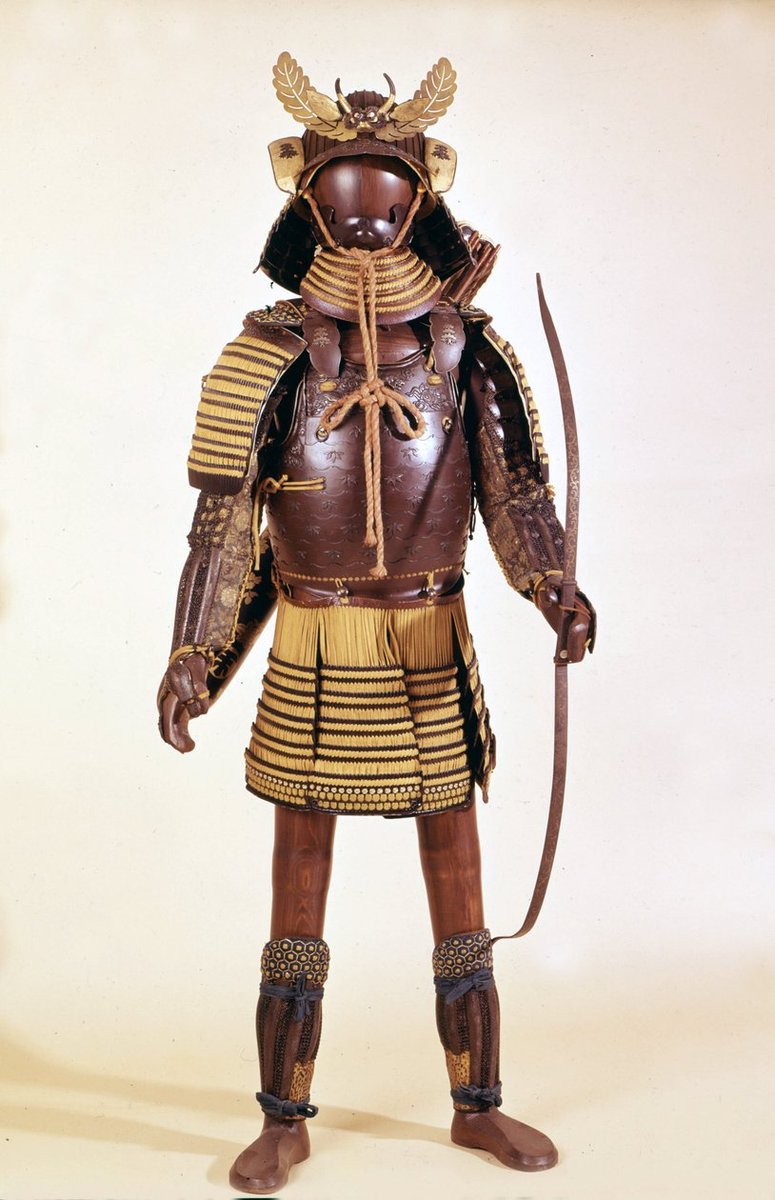
Seppuku (Ritual Suicide)
The choreographed ritual of honorable suicide is portrayed with historical accuracy. The practice is correctly shown as a way to restore honor and wash away shame. The ceremonial aspects, including dressing in white, are authentically depicted.
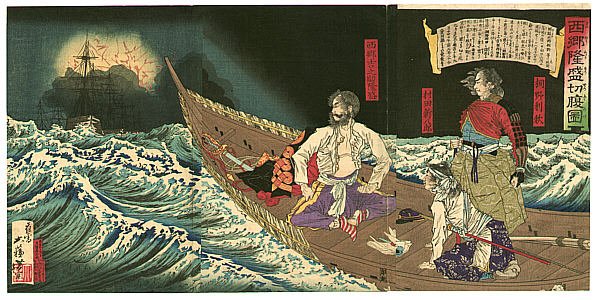
Christianity in Feudal Japan
The persecution of Christians during this period is historically accurate. The show correctly portrays how Catholicism had only about 40 years to take root before being banned. The dangerous position of Christian converts in Japanese society is authentically represented.
Tea Ceremony (Chado)
The Japanese tea ceremony was deeply rooted in Zen philosophy and characterized by mindfulness and simplicity. It was a codified practice that evolved over centuries and included specific architectural elements such as the tokonoma (alcove) and chigaidana (pair of shelves).
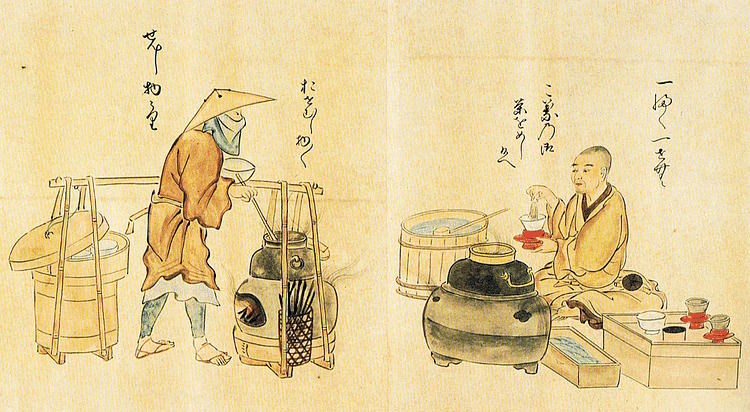
Cultural Authenticity Highlights
Visual Authenticity
- Clothing styles are meticulously researched and period-appropriate
- Hairstyles reflect historical accuracy
- Architecture authentically reflects the historical Edo period
- Weapons and military gear are historically accurate
- Ships and maritime elements are carefully recreated
Linguistic Accuracy
- The show pays careful attention to linguistic details
- Japanese language usage is authentic and appropriate to the period
- The challenges of cross-cultural communication are realistically portrayed
Cultural Practices
- Tea ceremonies are depicted with attention to their philosophical underpinnings
- Social customs and etiquette are accurately represented
- The complex nature of political alliances and family connections is authentically portrayed
Expert Validation
Multiple sources consistently praise the show's commitment to cultural authenticity:
- Hiroyuki Sanada (lead actor and producer) described authenticity as a "lifeline for this show"
- The production deliberately aimed to be "as culturally accurate as can be"
- An Asian studies chair confirmed that "on the whole, it does feel accurate"
- The show is seen as a "corrective" to previous less accurate representations of Japanese culture
Interactive Elements
Historical Timeline
Explore the key events of feudal Japan and how they align with the TV series narrative.
Interactive timeline will be displayed here. The timeline will show key historical events from the late 16th and early 17th centuries in Japan, alongside corresponding events from the TV series.
Character Relationship Map
Visualize the complex relationships between historical figures and their TV counterparts.
Interactive character relationship map will be displayed here. The map will show connections between historical figures and their TV series counterparts, as well as relationships between different characters.
Test Your Knowledge
Take this quiz to see how well you understand the historical context of 'Shōgun'.
Interactive quiz will be displayed here. The quiz will test knowledge about both the TV series and the actual historical events and figures it portrays.